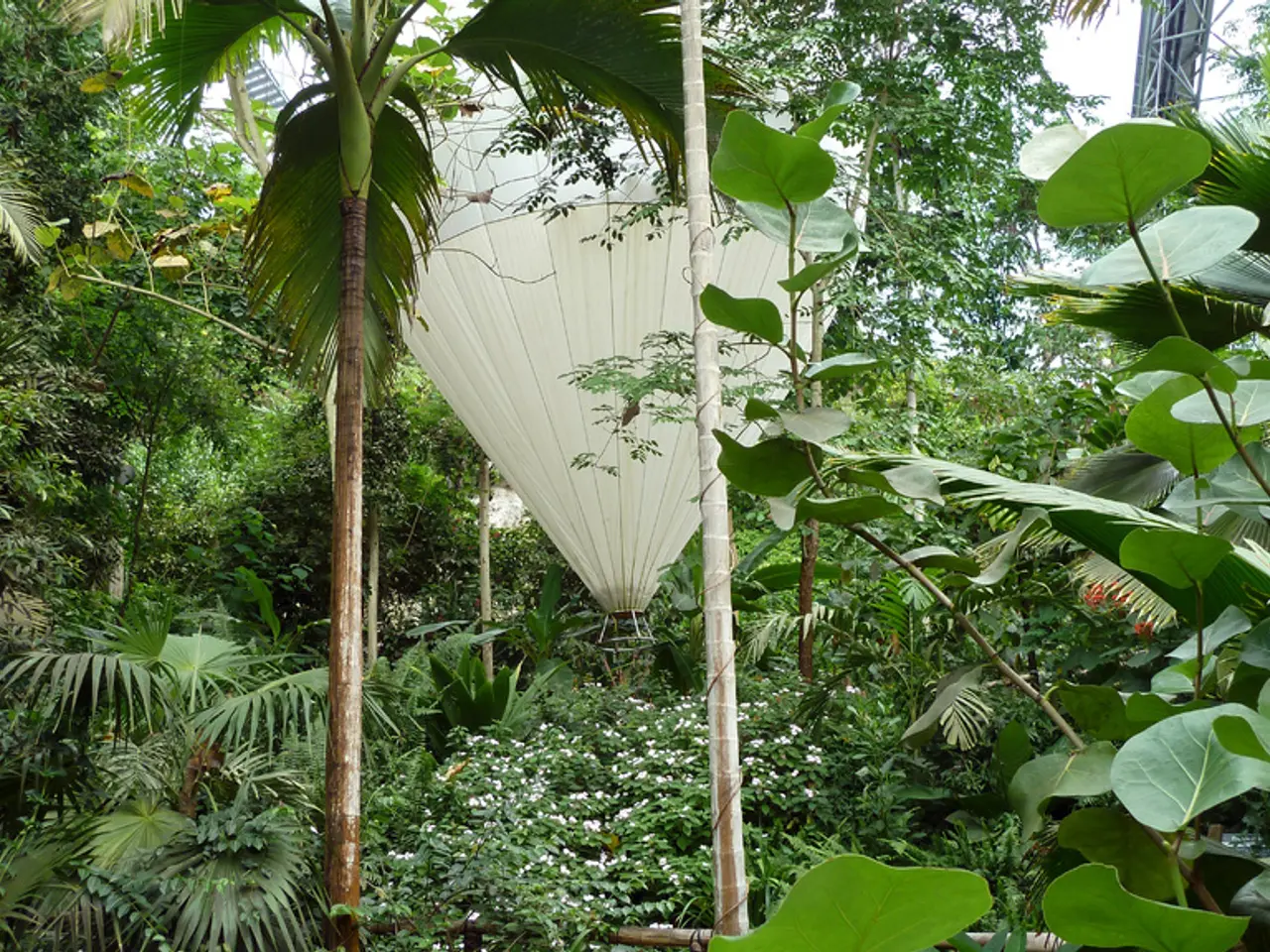Ideal Soil Varieties for Growing Cape Honeysuckle
Cape Honeysuckle (Tecomaria capensis), a vibrant and versatile ornamental shrub native to Southern Africa, is a popular choice for gardeners due to its adaptability and low-maintenance nature. This article provides a comprehensive guide to the ideal soil conditions for growing Cape Honeysuckle.
Cape Honeysuckle thrives best in moist, well-drained soil. While it can tolerate dry, gritty soils if drainage is adequate, it prefers soils that retain some moisture. The plant's preference for a loamy to sandy soil texture suggests that it does not appreciate waterlogged conditions.
Adequate drainage is critical to prevent root issues, and ensuring good drainage is essential when planting Cape Honeysuckle. In areas with very compacted or clay-heavy soil, it is recommended to amend the soil with coarse sand to improve drainage and root establishment.
Cape Honeysuckle is not picky about the type of soil it is planted in, as long as the soil is well-drained and fertile. However, it benefits from annual feeding with a balanced fertiliser if the soil lacks nutrients. This promotes better growth and flowering.
Although specific recommendations for pH are not stated directly, given its tolerance for a range of soil types and natural habitats, Cape Honeysuckle generally does well in neutral to slightly acidic soils typical of many garden settings (pH roughly 6.0 to 7.5). This is common for many ornamental shrubs.
In terms of soil moisture, Cape Honeysuckle prefers soils that are moist but can tolerate periods of drought once established. Initially, regular watering helps establishment, but mature plants are quite drought-tolerant.
Cape Honeysuckle is adaptable to various environmental conditions and can grow in a variety of soil types, including sandy, clay-heavy, and well-drained soil. It is a fast-growing, low-maintenance, and sprawling plant that grows well in full sun or partial shade.
However, it is important to note that Cape Honeysuckle is considered invasive in Australia due to its rampant growth in warm, wet climates. Therefore, gardeners in Australia should exercise caution when planting this species.
In conclusion, to grow a thriving Cape Honeysuckle, ensure the soil is moist, well-drained, moderately fertile, and has a balanced pH. Adequate drainage is crucial to prevent root issues, and occasional fertilization supports vigorous growth. When planting, choose an appropriate location that allows for adequate drainage to ensure the plant's health and longevity.
To cultivate a Cape Honeysuckle, focus on providing a soil type that is moist, well-drained, and moderately fertile. Planting in a loamy to sandy soil texture, with proper drainage, will suit this versatile shrub best. However, in areas with compacted or clay-heavy soil, coarse sand can be added to improve drainage and root establishment.







